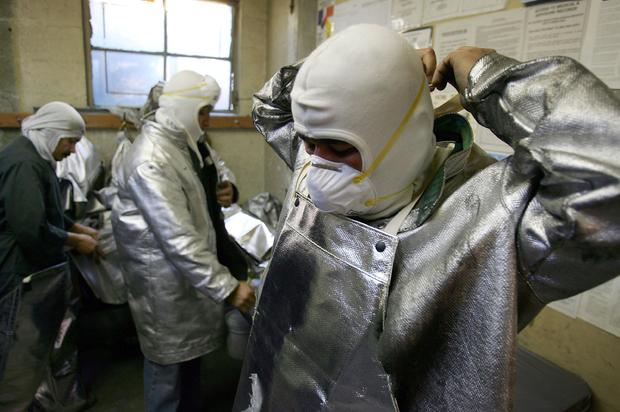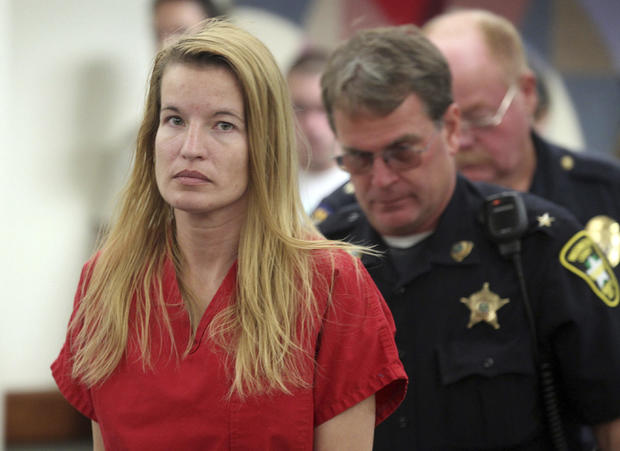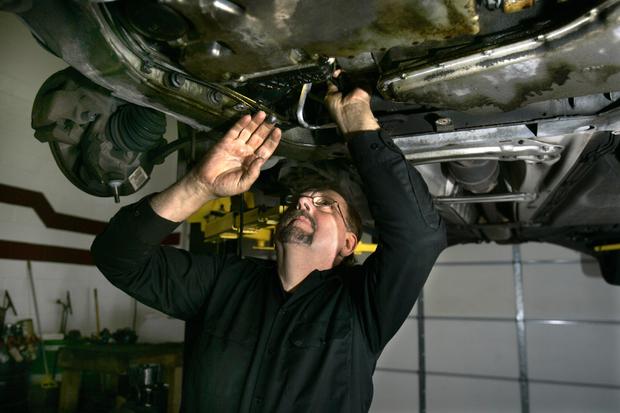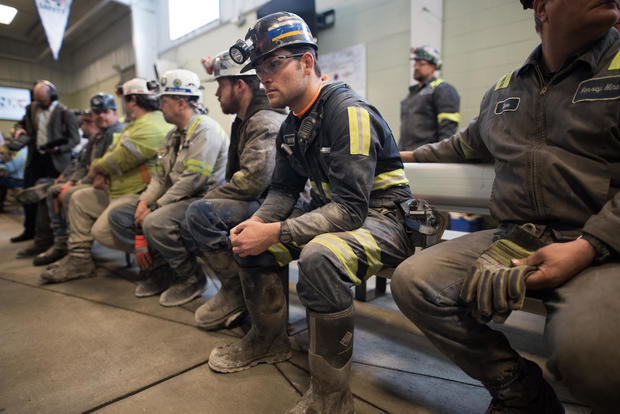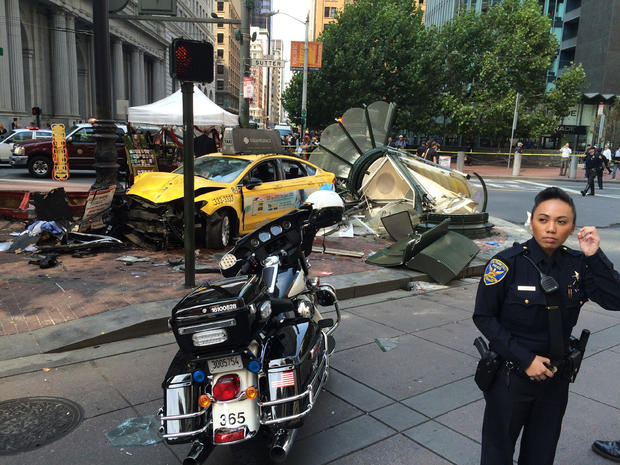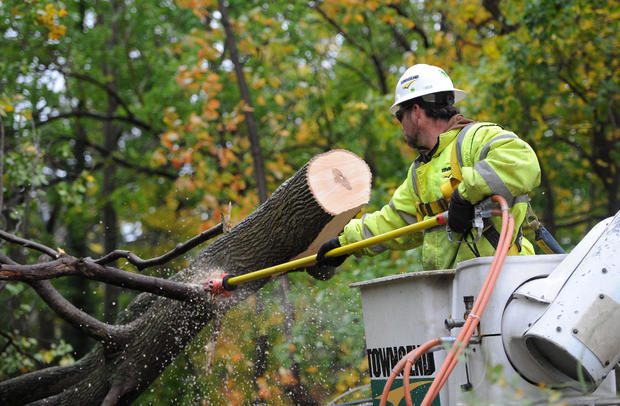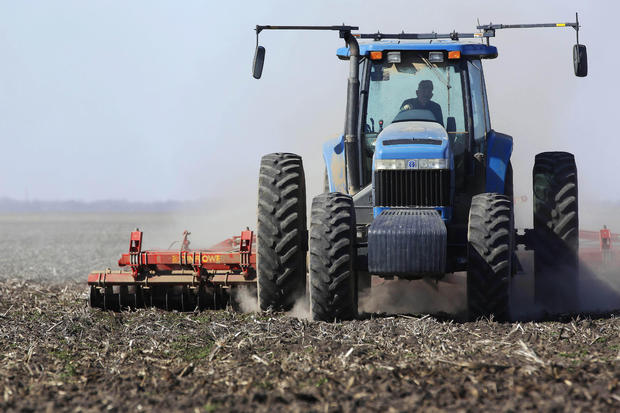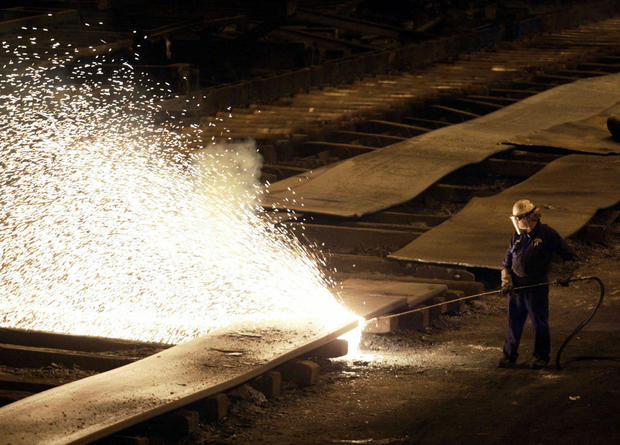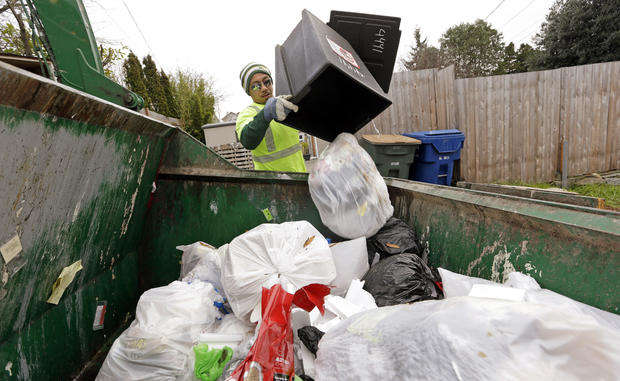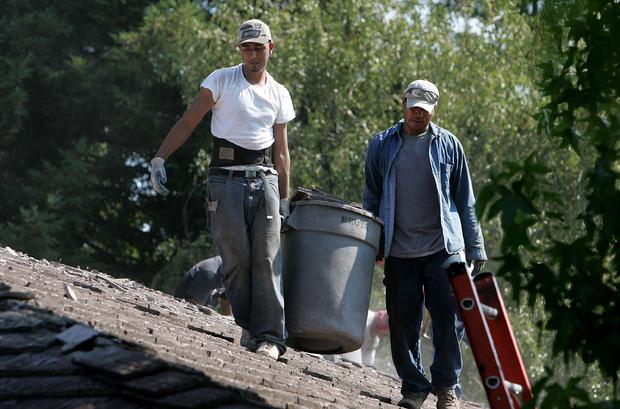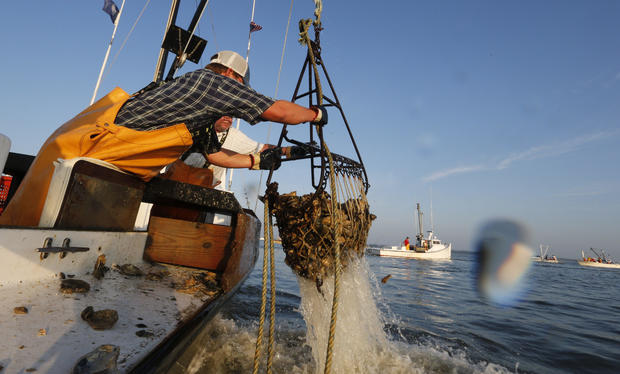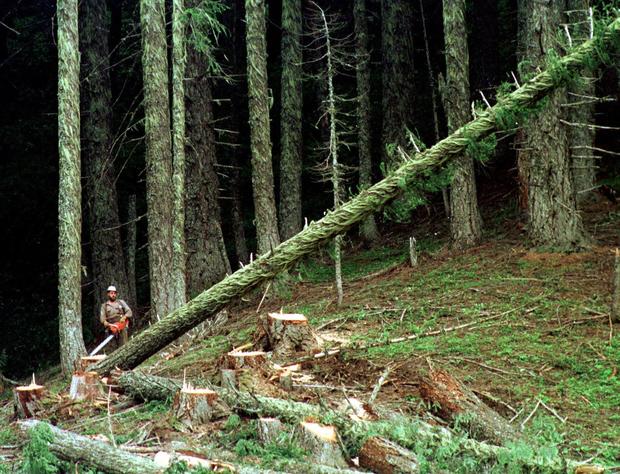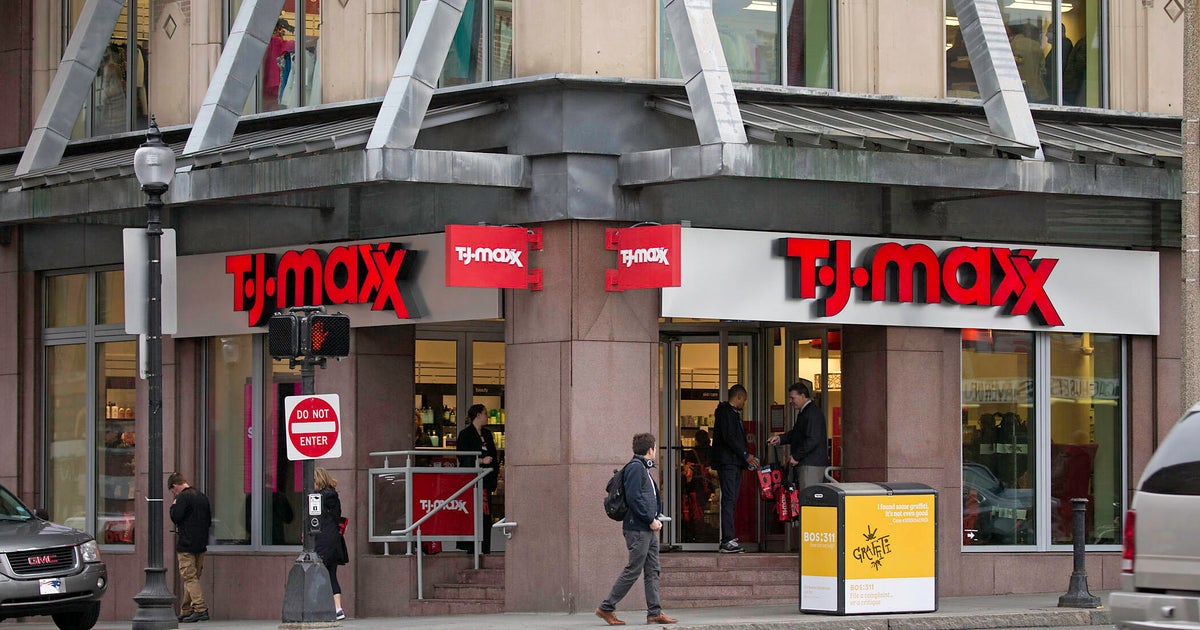The 20 deadliest jobs in America, ranked
Is your job a killer? If it falls into one of these categories, the answer is: Could be. These are the country's 20 deadliest civilian jobs, according to the Bureau of Labor Statistics.
20. Social workers
1 death per 100,000
According to the Bureau of Labor Statistics, social workers face a risk of violence on the job. On July 6, 2017, Jody Herring (pictured) pled guilty to killing four people, including social worker Lara Sobel. Herring said she shot Sobel outside of a Department for Children and Family Services office after department officials took custody of her child.
19. Architects and engineers
1.2 deaths per 100,000
Architects (such as Frank Gehry, seen here) are exposed to heights and heavy machinery during construction of their designs. In September 2016, architect Bruno Travalja fell to his death from the roof of a 48-story New York building after growing dizzy while taking measurements.
18. Arts, design, sports and entertainment workers
2.4 deaths per 100,000
In 2015, Seattle Seahawks wide receiver Ricardo Lockette suffered a near-fatal blow during a game against the Dallas Cowboys: "If one of my teammates had come over and pulled my arm just barely, I might have died."
17. Manufacturing and production workers
3 deaths per 100,000
Factory workers, including those working in food-production facilities, face dangers from repetitive motion, exposure to pathogens and fatal injury from machines or tools.
16. Janitors and pest control specialists
5.8 deaths per 100,000
Repeated exposure to harsh chemicals, disease-carrying pests and human waste has proven fatal in the past.
15. Firefighters and police officers
6.2 deaths per 100,000
Rushing into danger is part of the job description for first responders, such as firefighters and police officers.
14. Mechanics and their supervisors
7.6 deaths per 100,000
Mechanics rely on equipment being in perfect condition to avoid potentially fatal injury in the workplace.
13. Miners and mining foremen
11.4 deaths per 100,000
At its current fatality rate, occupational fatalities in the mining industry occur at more than three times the national average. Collapses, rockslides and machinery accidents account for many deaths among miners.
12. Construction workers and electricians
12.5 deaths per 100,000
According to OSHA, construction workers are most commonly killed by falls, blows or crushing from heavy objects, and electrocutions. These accidents accounted for more than 64 percent of construction worker deaths in 2015.
11. Taxi drivers
14.7 deaths per 100,000
Car accidents can be deadly, but taxi drivers also suffer the highest murder rate of any occupation.
10. Tree-trimmers and lawn maintenance workers
18.1 deaths per 100,000
Tree trimmers regularly contend with heights, falling tree limbs, sharp machinery and electrical wires.
9. Line workers
20.5 deaths per 100,000
Both electrical and telecommunications line workers have suffered fatalities from electrocution, falling and even strangulation.
8. Farmers and agricultural workers
22 deaths per 100,000
According to the Centers for Disease Control and Prevention, transportation accidents, including tractor overturns, were the leading cause of occupational fatalities among farmers in 2015.
7. Truckers
24.3 deaths per 100,000
From fatigue to equipment failure, there are a number of risk factors facing truck drivers. In this photo from 2011, a fuel tanker near Benton, Ark., crashed and slid into a median, killing the truck's driver and spilling fuel into the road.
6. Steelworkers
29.8 deaths per 100,000
Falls and electrocutions are both hazards of working in the steel industry. In May 2017, a 32-year-old subcontractor fell 20 feet to his death at US Steel's Great Lakes facility near Detroit.
5. Garbage collectors
38.8 deaths per 100,000
Their trucks are built to crush, and the material they collect is swarming with bacteria. Impatient drivers have also swerved around garbage trucks and fatally injured workers.
4. Roofers
39.7 deaths per 100,000
One misstep and a roofer could suffer a fatal fall from the top of a building.
3. Pilots and flight engineers
40.4 deaths per 100,000
On June 30, 2017, a Cessna 310 aircraft crashed on a busy Los Angeles-area freeway. The pilot and passenger were rescued from the burning aircraft by an off-duty firefighter, whose truck was grazed by the wing as the plane hit the ground. Flight crews aren't always so lucky when something goes wrong.
2. Fishermen
54.8 deaths per 100,000
Fishermen can easily get caught in dangerous weather conditions, fall overboard or get tangled in their own equipment, making it the second deadliest occupation in the U.S.
1. Loggers
132.7 deaths per 100,000
Loggers deal with massive falling trees, steep terrain and heavy machinery as well as fast-changing weather conditions. At more than double the fatality rate of the fishing industry, logging is the nation's deadliest job.
